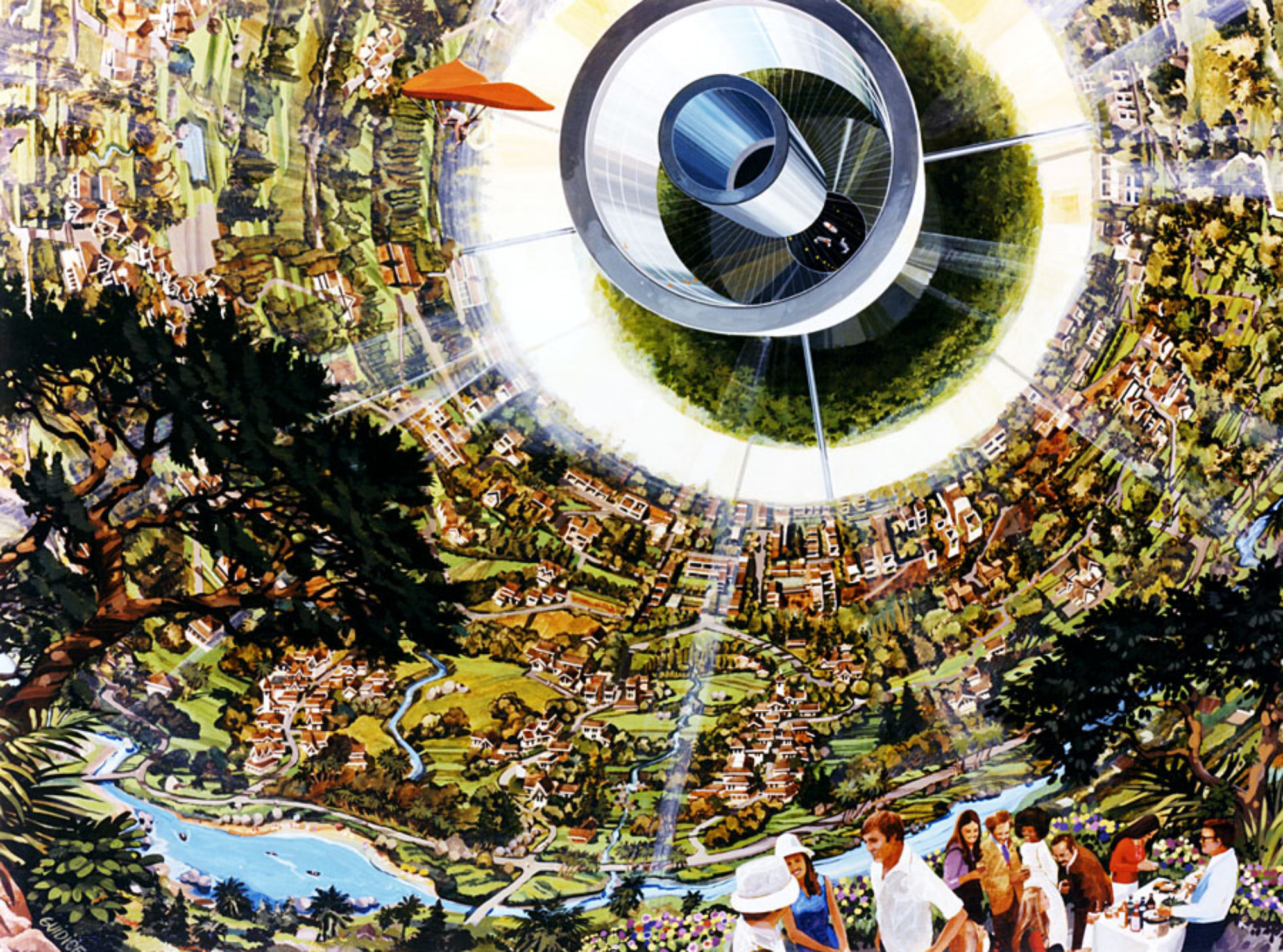
Lynn Rothschild, a scientist at NASA’s Ames Research Center in California, has just been awarded a NASA Innovative Advanced Concept (NIAC) Phase 2 grant to continue her synthetic biology studies using mycelium, the branching, thread-like structures of fungi, to “grow” space structures such as habitats, furniture and more. Rothchild previously advised a team working on mycelium production, or what she calls Myco-architecture, for habitats on the Moon and Mars. The project took place at NASA Ames as part of the iGEM Competition in the summer of 2018, and was funded by a NIAC Phase 1 award. Called Stanford-Brown-RISD or Myco for Mars as the they called themselves, the team was composed of students from Stanford University and the duel degree program of Brown University and the Rhode Island School of Design.
This new phase of the research will continue development of mycelia production, fabrication, and testing techniques. Rothschild describes the process on the NASA Myco-architecture Project site: “On Earth, a flexible plastic shell produced to the final habitat dimensions would be seeded with mycelia and dried feedstock and the outside sterilized. At destination, the shell could be configured to its final inner dimensions with struts. The mycelial and feedstock material would be moistened with Martian or terrestrial water depending on mass trade-offs, and heated, initiating fungal (and living feedstock) growth. Mycelial growth will cease when feedstock is consumed, heat withdrawn or the mycelia heat-killed. If additions or repairs to the structures are needed, water, heat and feedstock can be added to reactivate growth of the dormant fungi.”

This research joins other studies in synthetic biology advancing space settlement such as using fungi to seed asteroids for making soil to be used in space settlement agriculture, microbial lawns for radiation shielding, or cyanobacteria for life support systems.
